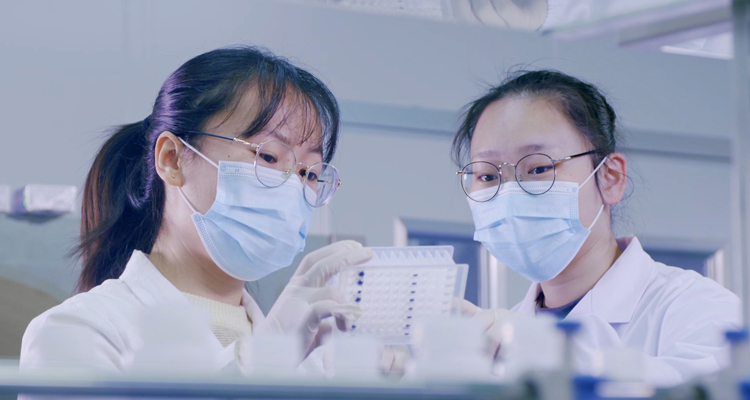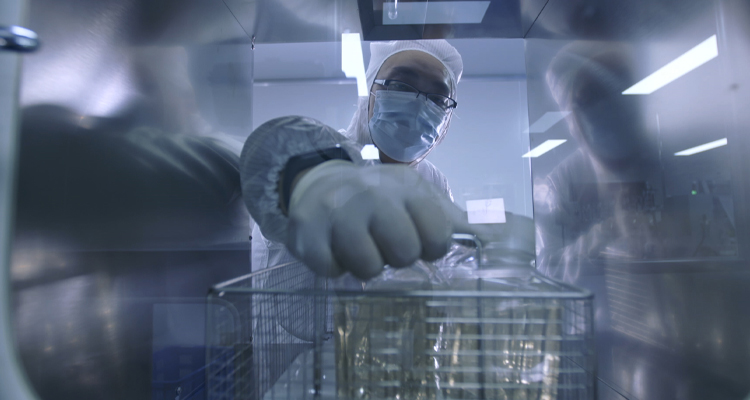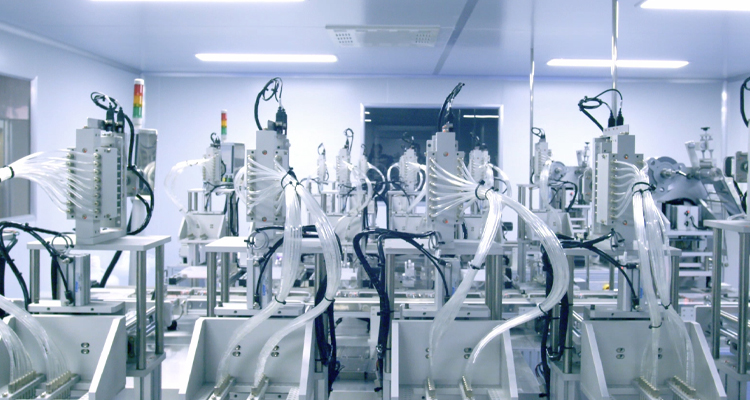The nucleic acid separation and purification methods
With the recent rebound of the global epidemic, nucleic acid testing has become the primary way to detect viruses, and it has also deepened everyone’s understanding of nucleic acids. In fact, the separation and purification of nucleic acid is the primary problem that needs to be solved in genetic engineering or protein engineering research. It is the basic step to initiate other downstream activities (such as sequencing, amplification, hybridization, ligation, cloning and biological detection), and is a modern biological detection experiment. The basic means of technology. There are many commonly used methods for DNA extraction. Here we mainly introduce the phenol-chloroform extraction method, the high salt precipitation method, and the silica medium adsorption method.
The phenol-chloroform extraction method
The phenol-chloroform extraction method uses phenolic reagents as protein denaturants. The sample is first lysed, then extracted (phenol/chloroform) and then precipitated (absolute ethanol). The role of chloroform is to remove excess phenol and promote the separation of the aqueous and organic phases. The extraction method requires multiple centrifugation, and the steps are complicated and easy to cause cross-contamination. In addition, due to the addition of organic solvents such as benzene/chloroform, there will be residues in the final product, which will affect the subsequent downstream applications of genomic DNA.
The high-salt precipitation method
The high-salt precipitation method removes protein impurities and separates DNA by adding various proteases. This method effectively eliminates the contamination of reagents, and the extracted DNA has a larger yield and higher purity, but the disadvantage is that the process of digesting the protease takes more time.

Silicon media adsorption
Silicon media adsorption is the dehydration of the phosphodiester skeleton in the DNA molecule under the action of chaotropic salt, so that the phosphoric acid group is exposed and at the same time it is reversibly adsorbed to the silica gel. Electrostatic force and hydrogen bond play a key role in the adsorption of silica gel and nucleic acid. This method has certain limitations on the chain length of deoxyribonucleic acid, and smaller DNA fragments (<100 bp) are not easy to be effectively adsorbed on the medium. The silica medium adsorption purification method allows the lysate to pass through the filter membrane by centrifugation and vacuum pressure, which can effectively extract trace amounts of DNA.
The above three methods have relatively strict requirements on the personal operation ability of the experimenter due to the cumbersome process, high time cost, and the addition of harmful reagents. All these make it impossible to achieve high-purity, high-return, and automated extraction of DNA, especially for the purification process of large samples. Taking the establishment of a gene sample bank as an example, the workload is relatively large, the required time period is relatively long, and the project budget is relatively large.
Magnetic solid phase extraction (MSPE) has attracted much attention in the pretreatment of biological samples. The ability of magnetic materials to bind to the target is the key to sample pretreatment. As an alternative to traditional extraction methods, MSPE has been increasingly used to extract genomic DNA from bacteria or cell lysates due to its fast processing time, reduced organic solvent requirements and ease of implementation, and is suitable for various biological samples DNA extraction (such as bacteria, viruses, semen, saliva, urine, plants, etc.)
First, the magnetic material is combined with the target after a certain operation (adsorption); then, a certain magnetic field is applied to the magnetic material to effectively separate it from the sample solution and remove impurities; finally, select appropriate reagents The target is eluted on the surface of the material.
MSPE has many advantages in the separation and purification of biological samples: the method steps are relatively simple; it avoids the destruction of proteins, nucleic acids and other substances; it can directly operate on existing biological samples without adding other operations; it can be used repeatedly under certain circumstances.
Geneture Medical, provides one stop solution of Nucleic Acid Extraction and Analysis. If you need more information about nucleic acid separation and purification methods, please feel free to contact.
